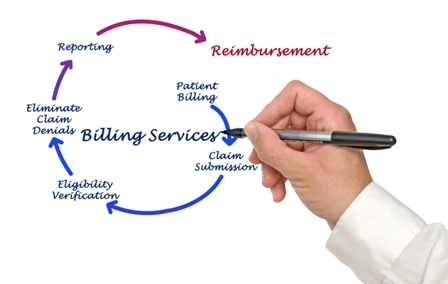Review Critical Care Service Benchmarks to See Where You Fall

Over 10,000 Part B providers received CBRs to help clean up their claims. As with many claims issues, medical necessity dictates critical care services. However, due to confusion over CMS’s criteria for the use of the E/M codes, critical care remains a perennial favorite on Medicare claims auditors’ checklists. Details: In a new Comparative Billing Report (CBR), Part B MAC Palmetto GBA looked at trends and billing issues that the payer has seen for Medicare providers who bill critical care services. Palmetto launched the analysis of the E/M claims “because improper payment rates are high for providers of these services,” the CBR report said in its “Frequently Asked Questions” section. “Based on a 2017 report, many critical care E/M services billed were not medically necessary and the documentation submitted did not meet Medicare criteria,” according to the FAQs. E/M Codes: Critical care services are billed using two CPT® codes: However, CBR 201804 does reference E/M code 99232 (Subsequent hospital care, per day, for the evaluation and management of a patient, which requires at least 2 of these 3 key components...) as well as the utilization of other E/M codes “that are appropriate to use when the duration of critical care is less than 30 minutes,” the FAQs say. Remember: CMS employs CBRs as a tool to offer insight into billing and coding trends across different specialties and healthcare settings. Palmetto GBA partners with its contractor eGlobalTech to produce the reports, which you can find at www.cbrinfo.net. You can use this timely data from the Part B MAC’s CBR to see where you stand when it comes to the frequency of billing certain services, codes, or modifiers — and more importantly, harness these peer measurements to stamp out your potential practice coding problems. Check Out the Parameters The CBR team scrutinized the data of “fee-for-service Medicare Part B providers who were identified as the rendering [National Provider Identifier] NPI for critical care E/M services,” said Steve Ash, statistical analyst for Palmetto GBA. The MAC pulled the most up-to-date claims in April 2018, looking specifically at 99291 and 99292 for dates of service between Jan.1, 2017 and Dec. 31, 2017, according to the webinar materials. Emergency care was specifically excluded from the research. Findings: The analyzed claims revealed that more than one million beneficiaries were serviced by 87,000 rendering providers for more than $974 million in total allowed charges, suggested Ash. The CBR report homed in on three different claims metrics looking at the rendering Part B providers stats both by state and nationally. Here’s a quick look at the CBR’s breakdown of the totals in the three categories: 1. With modifier 25. Palmetto GBA determined that the national average of rendering Part B providers who submitted critical care claims with modifier 25 (Significant, separately identifiable evaluation and management service by the same physician or other qualified health care professional on the same day of the procedure or other service) was at about 11 percent. 2. Visits. The data put the average number of visits per beneficiary at around 1.98. 3. Allowed charges. According to the stats, allowed charges per beneficiary for critical care claims were at $464.00 for 2017. Outliers: Providers’ billing practices that surpassed Palmetto GBA thresholds in at least one of the three areas examined were categorized as “significantly higher” than their counterparts, suggested Ash. Rendering providers had to administer critical care services for at least 25 beneficiaries and more than $10,000 in allowed charges to fall into that group, he added. Consequently, 10,153 providers were sent CBR updates by Palmetto, the webinar materials said. Don’t panic: If you rank in the middle or on the higher end, there is not necessarily anything to worry about. In fact, the benchmarking results can help you determine how you figure into the grand scheme of things. However, “if your billing differs significantly, it might be necessary to do a self-audit to figure out why,” advises Tamara Canipe, RN, clinical quality management coordinator and medical review supervisor at Palmetto GBA. Resource: Review the Palmetto GBA/eGlobalTech CBR 201804 at www.cbrinfo.net/cbr201804.




